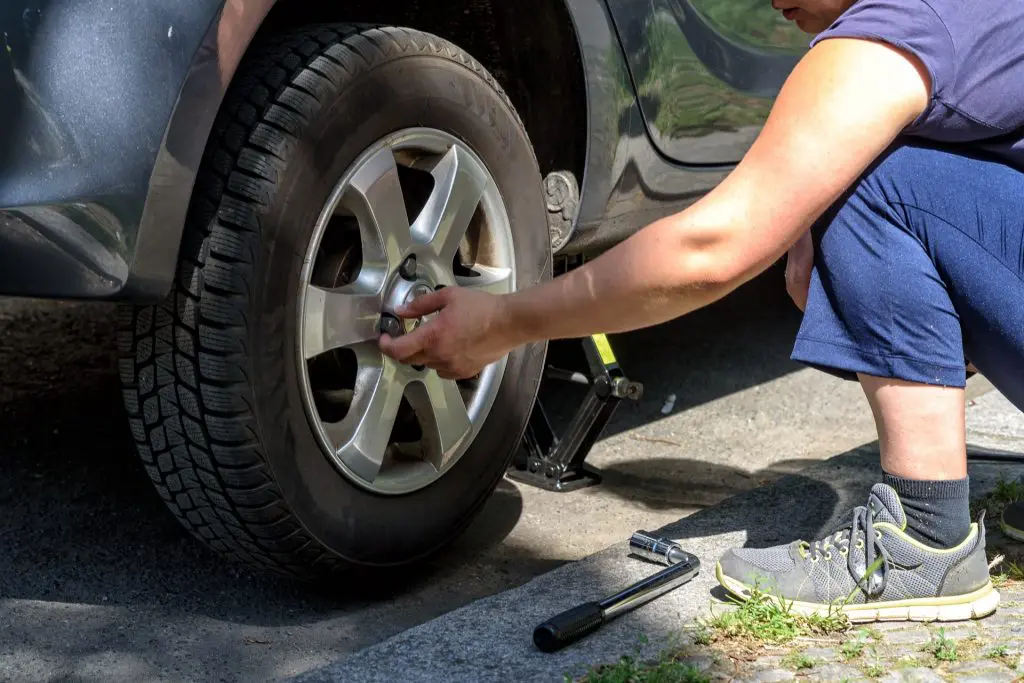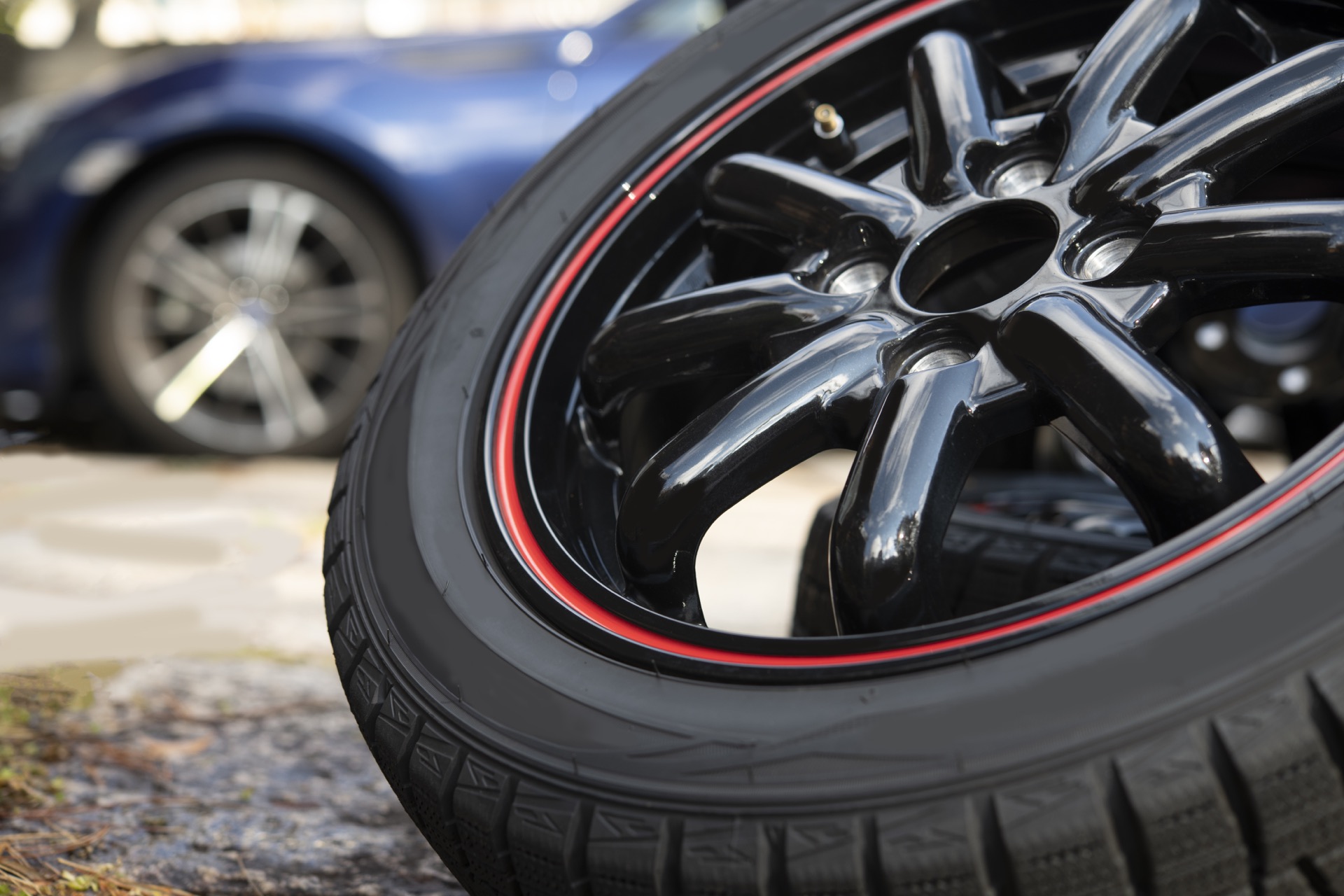Tire rotation is a bit of a misnomer, don’t your tires already rotate? Well yes, but also no, not automatically anyway. Mechanically, tire rotation refers to swapping the position of tires around on your vehicle for the best wear. For instance, swapping your front drive-side tire to the rear passenger side position. If you’re wondering how to rotate tires on your car most effectively we’ve got a breakdown below that gives you all the details.
How to Rotate Tires: Determining if Your Tires Are Directional or Non-Directional
You’ll find that most winter tires are directional, while summer tires are more commonly non-directional. This does make a difference, and unless you want a bumpy ride or less traction (and why would you?) identify which you have before you begin your tire rotation.
Directional tires are made with a tread design that allows for the best traction in a single direction. As such, they are only made for one side of your car (driver or passenger-side) and shouldn’t be swapped over to the other side when rotating. If you have directional tires, a small arrow on the outside of the tire will point in the direction the tire needs to roll, i.e., to the front of your car.
Non-directional tires are the exact opposite and can be swapped to any side due to their specific tread pattern. They won’t have any marking on them indicating whether they are directional or not, but the absence of an arrow means they are non-directional.
Most Effective Tire Rotation Patterns for Non-Directional Tires
You have a couple of options to get the most even wear across your tires for ones of the non-directional variety and the best option depends on whether your vehicle is rear-wheel, four-wheel, all-wheel, or front-wheel drive.
- Rear–wheel, all-wheel, and four-wheel-drive vehicles tire rotation pattern: This generally includes most SUVs and trucks where the best pattern to use is a rearward cross. Essentially, both rear tires are swapped to the front. The front driver-side tire then gets moved to the rear passenger-side and the front passenger-side tire is moved to the rear driver-side—thus forming an ‘X’ shape.
- Front-wheel drive vehicles tire rotation pattern: Front-wheel-drive cars only have a slight variation compared to other vehicles. For them, use a frontward cross. This cross is just the opposite of the above version. Both front tires are swapped to the rear tires. The rear driver-side tire then gets moved to the front passenger-side and the rear passenger-side tire is moved to the front driver-side—thus forming an ‘X’ shape.
Best Tire Rotation Patterns for Directional Tires
Directional tires are the easiest to rotate because you only have one way of doing it for all models of cars regardless of their drive type. Simply swap the front and rear driver-side tires around and the front and rear driver-side passenger-side tires around and you’re done!
Why Tire Rotation is Important and Whether to Use Your Spare Tire
Now that you know how to rotate tires on your vehicle, you might be wondering what the point of doing it is. For one thing, it ensures consistent wear across all your tires. This ensures you maintain even grip across all of them and won’t just hit a puddle and hydroplane like an out-of-control kid on rollerblades. You don’t have to rotate your tires super often, but you should do it every 8,000-13,000 kilometres. Rotating them also means your tires will last longer so you don’t have to sell your first-born to buy another set of tires which is a huge plus.
Some people will recommend rotating your spare tire in with your other tires, but we would say to avoid this practice. Spare tires are only meant to be used in the event of a flat or other tire issue and to only be kept on until you have the correct replacement tire for your particular car.
Tire rotation is an important practice for any vehicle and, done regularly, keeps you safe while driving and helps you to avoid consistently spending more money on new tires.



